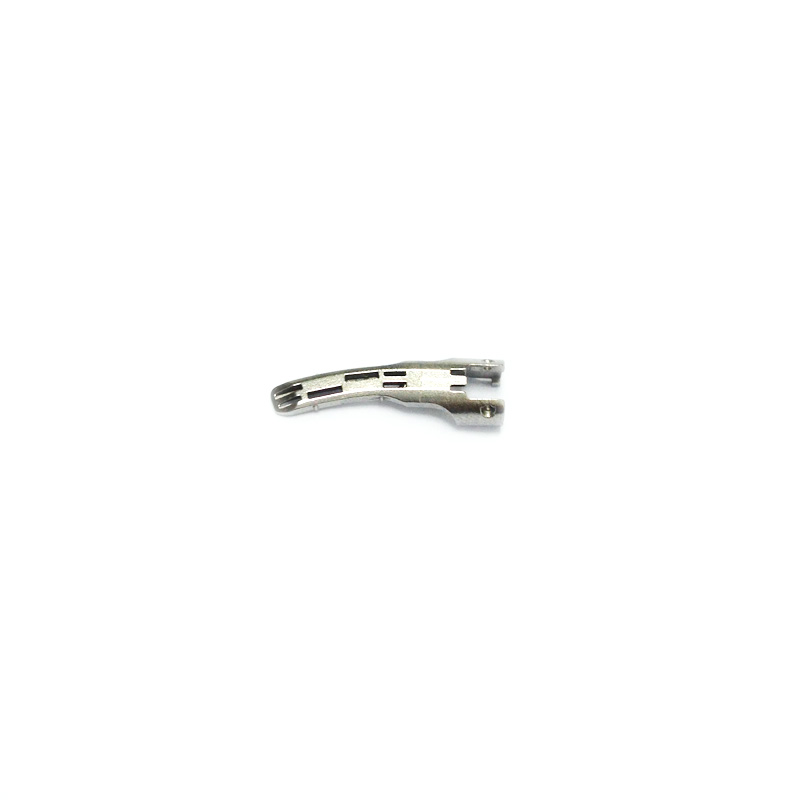Introduction: High-frequency ultrasound is an effective mechanism for coagulating and cutting tissue. We report the first use of the ultrasonic scalpel in orthopaedic surgery, with the aim of minimising blood loss and tissue trauma in minimally invasive total hip replacement.

Methods: This is a prospective, single-blind, case-matched study to compare blood loss in minimally invasive total hip replacement using an ultrasonic scalpel versus electrodiathermy. Twenty cases have been performed via a minimally invasive posterior approach. The treatment was otherwise no different between the two groups. The groups were compared with regard to blood loss, post-operative pain and wound healing.
Results: The mean intra-operative blood loss in the ultrasonic scalpel group was 242mls compared with 319mls in the electrodiathermy group. This is statistically significant (p < 0.05). The percentage drop in Haemoglobin was also reduced in the ultrasonic scalpel group (18.9% compared with 26.4%), which is also statistically significant (P< 0.01). There was no significant difference in the operating time or post-operative pain scores and there were no wound complications in either group.
Discussion: The ultrasonic scalpel works by converting electrical energy into mechanical energy resulting in longitudinal oscillation of the blade at 55,500Hz. This achieves coagulation and tissue dissection at lower temperatures than standard diathermy. The potential advantages include less lateral tissue damage, minimal smoke and no electrical energy passed to or through the patient. With the development of minimally invasive hip replacement surgery this technique can be used to reduce tissue trauma. The initial results from this study suggest that the ultrasonic scalpel has a useful role in minimally invasive hip replacement surgery in terms of reducing blood loss and tissue trauma. This may help to facilitate early mobilisation and reduced hospital stay.